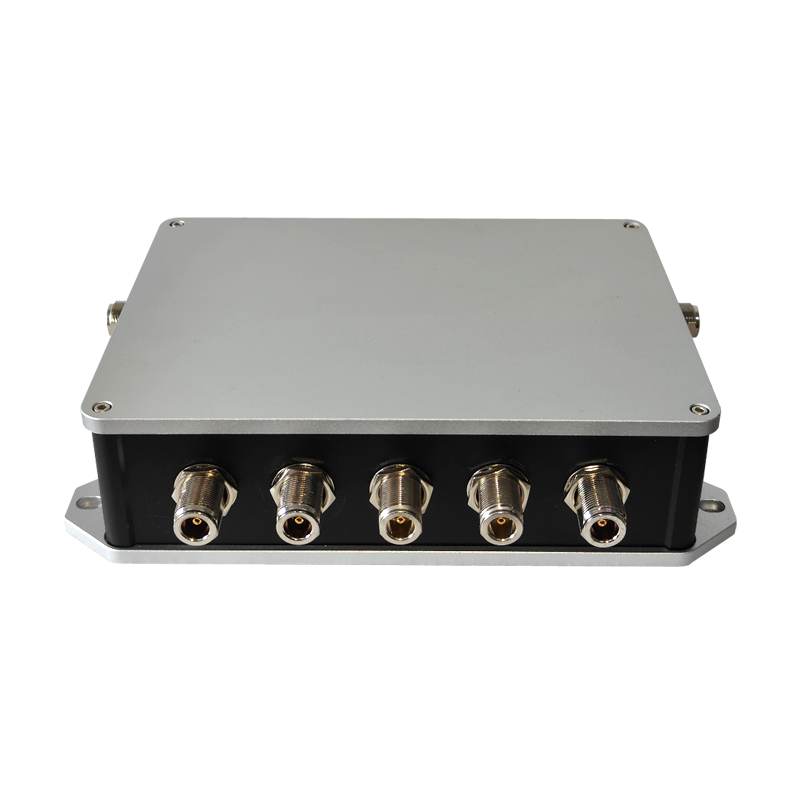Introduction: The Central Role of Industrial Gateways in the Industrial IoT Era
As the Industrial Internet of Things (IIoT) continues to revolutionize global industries, the demand for seamless connectivity between machines, sensors, and cloud platforms has reached unprecedented levels. From smart factories to autonomous energy infrastructures, billions of industrial devices now require secure, real-time communication and intelligent data processing. At the heart of this transformation lies the industrial gateway. Acting as the bridge between field devices and cloud or edge systems, an industrial gateway facilitates protocol conversion, device management, data filtering, and secure transmission. With growing diversity in industrial IoT applications, the need for scenario-specific gateways has become critical. This blog aims to provide a comprehensive guide to selecting the right gateway for your application.
Table of contents
- Introduction: The Central Role of Industrial Gateways in the Industrial IoT Era
- Understanding the Basics: Types and Functions of Industrial Gateways
- Four Key Scenarios: Tailored Selection for Maximum ROI
- Selection Tips and Evaluation Guidelines
- Conclusion: Tailoring Gateways to Unlock Industrial IoT Value
- Frequently Asked Questions (FAQs)
Understanding the Basics: Types and Functions of Industrial Gateways
Unlike consumer-grade routers, industrial gateways are engineered for harsh environments and complex industrial communication protocols. Here are the primary distinctions:
- Performance: Industrial gateways offer robust processing power for real-time decision-making and protocol conversion.
- Protection: Built-in surge protection, wide operating temperature, and rugged enclosures ensure long-term reliability.
- Interfaces and Protocols: Support for Modbus, CAN, OPC UA, PROFINET, and others is common.
Common Gateway Types:
- Serial Device Servers: Connect legacy RS-232/485 devices to Ethernet networks.
- Edge Computing Gateways: Perform local processing to reduce latency and bandwidth usage.
- 5G Gateways: Offer ultra-low-latency connectivity for mobile and time-sensitive applications.
- Multi-Protocol Gateways: Designed to unify diverse industrial systems under one network.

Core Functions:
- Protocol translation
- Real-time data acquisition
- Edge analytics
- Cloud integration (MQTT, HTTPS, RESTful APIs)
- Secure communication (VPN, IPSec, TLS)
Four Key Scenarios: Tailored Selection for Maximum ROI
Smart Manufacturing: Real-Time Control and Multi-Device Integration
Use Cases: Integration of PLCs, sensors, and industrial robots on production lines
Recommended Features:
- Modbus RTU/TCP, OPC UA, CAN support
- Multiple RS-485/Ethernet ports
- Real-time OS and edge computing capability
- Local storage with data buffering
Unique Requirements:
- Millisecond-level latency
- High availability in 24/7 environments
- Compatibility with industrial fieldbus protocols
Intelligent Transportation: Precision Positioning and High-Speed Mobility
Use Cases: Roadside edge units, vehicle-mounted gateways, V2X infrastructure
Recommended Features:
- Dual SIM 5G/4G support for redundancy
- GNSS + RTK modules for centimeter-level accuracy
- Shock-resistant and vibration-proof design
Unique Requirements:
- Real-time vehicle telemetry
- CAN/OBD-II interface support
- Data handover across network zones
Energy & Utilities: Remote Monitoring and Unmanned Operations
Use Cases: Substations, solar farms, wind turbines, oil & gas fields
Recommended Features:
- Wide operating voltage and temperature support
- Anti-surge, anti-lightning protection
- GNSS + RTK modules for centimeter-level accuracy
- Edge intelligence for fault detection and event logging
- VPN/IPSec for secure data backhaul
Unique Requirements:
- Unattended site operation
- Real-time data monitoring
- OTA firmware upgrades
- Data encryption and transmission integrity
Municipal Services & Environmental Monitoring: Low Power and Multi-Sensor Integration
Use Cases: Water quality monitoring, smart manholes, air pollution sensing
Recommended Features:
- Optional LoRaWAN, NB-IoT, 5G for connectivity
- Solar/battery-powered compatibility
- Multi-channel sensor interface
Unique Requirements:
- Ultra-low power sleep mode
- Remote wake-up and configuration
- Real-time alert triggering
Selection Tips and Evaluation Guidelines
When selecting an industrial gateway, consider the following aspects:
1. Match Functionality with Environment
- Determine if your deployment site needs wide-temp or ruggedized hardware
- Identify latency and bandwidth requirements
2. Network Compatibility
- Assess the availability of 5G vs. LoRa/NB-IoT
- Ensure seamless roaming for mobile applications
3. Data Security and Platform Integration
- Support for MQTT, HTTPS, and cloud-native APIs is essential
- Compatibility with AWS, Azure, or local SCADA systems
4. Management and Maintenance
- Evaluate remote configuration tools and OTA upgrade capabilities
- Look for built-in diagnostics and logging functions
Conclusion: Tailoring Gateways to Unlock Industrial IoT Value
There is no one-size-fits-all solution when it comes to industrial gateways. Each scenario—from automotive telematics to wind farm automation—demands a tailored set of features. Selecting the right gateway is not just about connectivity; it’s about enabling reliable, scalable, and secure IIoT systems that can grow with your operations.
Ultimately, an industrial gateway serves as the foundational pillar of the industrial IoT architecture. Choosing wisely today means fewer maintenance headaches and better data visibility tomorrow.
Frequently Asked Questions (FAQs)
Yes, many modern 5G industrial gateways offer dual SIM and multi-network fallback features for seamless connectivity.
Gateways with edge computing capabilities and protocol libraries can convert between Modbus, OPC UA, and other industrial standards in real-time.
An edge computing gateway processes data locally, reducing latency and cloud dependence. It’s ideal for real-time applications.
Yes. Thanks to cost reductions and modular options, even SMBs can now afford compact 5G gateways for critical monitoring tasks.
Most industrial gateways support standard protocols like MQTT or Modbus TCP/IP, making integration with SCADA and ERP platforms straightforward.
